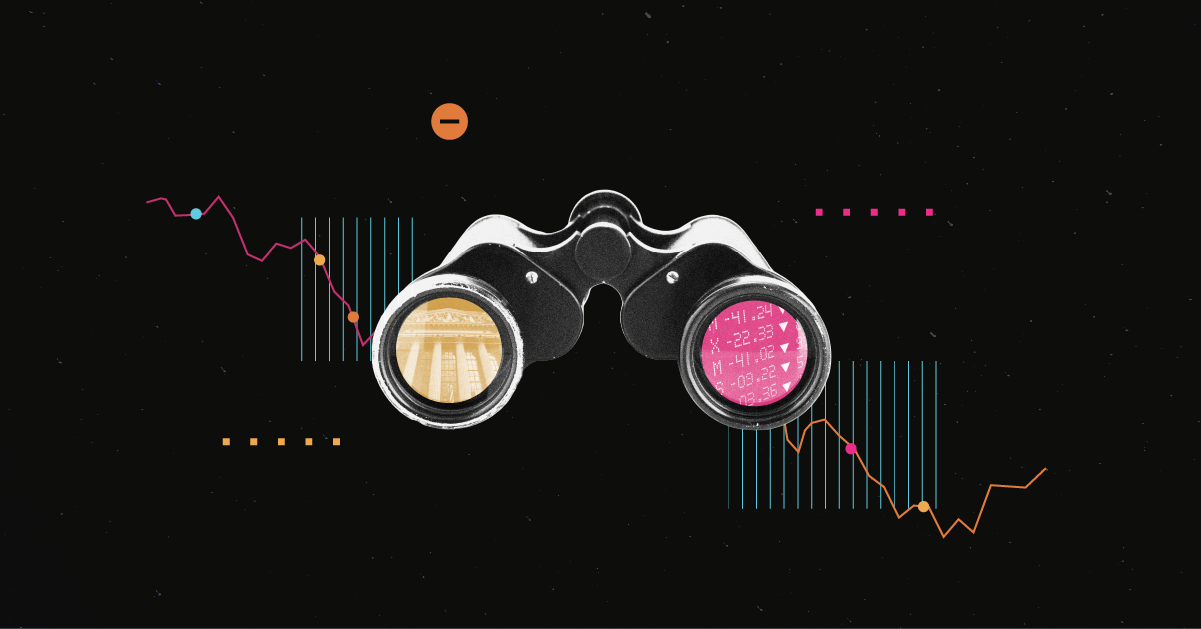Weak economic indicators, continued stress among sovereign credit issuers, and dislocations in the foreign exchange markets have been pressuring both credit and equity markets recently. The TED spread that we mentioned in our last update (an indicator of credit counterparty risk) also continued to widen last week. While the absolute spread level is still within historical norms, the rapidly rising trend is worrying. However, our concern is tempered by the fact that the range of the TED spread was 25-50 basis points before the financial crisis. LIBOR continued its ascent and ended up 6 basis points to 0.50%.
As recently as the beginning of April, European credit indices were trading tighter than comparable US indices. However, as sovereign credit fears rose, European credit spreads began to widen faster than equivalent credits in the United States, with the European financial sector taking the brunt of spread widening. European credit indices are currently trading at the same spread as US credit indices. The lack of transparency and, in this case, the lack of full disclosure by most European banks as to their sovereign credit exposure, led to the market selling risk in those names. We expect US corporate bonds to outperform European corporate bonds as continued sovereign concerns, the weakening euro, and newly announced austerity measures will probably depress European GDP growth.
After Germany announced new short-selling prohibitions, the foreign exchange markets experienced severe dislocations. The euro fell to a low of $1.2144 before regaining some ground. The volatility of the foreign exchange market was highlighted May 20 when the euro increased from $1.2351 to $1.2483 within 20 minutes and rose further to $1.2592 over the next hour. Rumours abounded that this increase was due to central bank intervention. Other currencies that experienced severe dislocations last week include those that either have funded the carry trade or have benefited from strong global natural resource demand, including the yen, the Australian dollar, and the Canadian dollar.
While the economic indicators were disconcerting, we don't believe these were significant enough to account for large swings in the markets. Last week's performance was based on the confluence of news over the past few weeks and indicative of market participants evaluating the potential range of outcomes from issues in Europe. Letting Greece or Portugal fail would cause short-term chaos in Europe. Holders of debt of those two countries would have to realise write-downs, and banks would take hits to their capital ratios, resulting in reduced lending.
However, Matthew Warren, Morningstar's associate director of the financials sector, doesn't believe the failure of those two countries alone would cause financial Armageddon. We envision a local banking crisis, additional pressure on other European banks, and heightened capital markets volatility, but expect the contagion to be limited to the immediate region. However, Matt does draw the line at Spain; he believes if Spain were to default on its debt, it could have dire effects across the financial system in Europe. The difference is due to the scale of Spain's outstanding government debt (2.3 times the size of Greece and Portugal combined), the broad range of investors that will be affected, and the interconnectedness of Spain's banks.
For example, Spanish banks Santander and BBVA are two of the 30 largest banks in the world. Morningstar's banking team estimates that these banks have significant exposure to Spanish government bonds. Santander's reported exposure to the sovereign debt of Portugal, Italy, Ireland, Greece, and Spain accounts for 39% of the bank's total equity and is predominantly Spanish.
Write-downs from a Spanish debt default or restructuring would have significant effects on the banks' capital ratios, and the resulting increase in their credit counterparty risk would ripple though the entire banking system. The effects include an increase in the cost of debt funding across the entire eurozone and a potential freeze in interbank lending.
The question going though the minds of European politicians and the markets is: Is it cheaper and more efficient to erect a financial barrier in front of sovereign defaults to keep the first domino from falling, or let defaults occur and recapitalise troubled financial institutions as needed? While we do not have an answer, we recognise that this crisis will be a long and drawn-out affair and cause heightened volatility for the foreseeable future.
For more clarity on the Europe crisis, watch this video (and/or read the attached transcript).
Dave Sekera, CFA is a securities analyst with Morningstar.
























